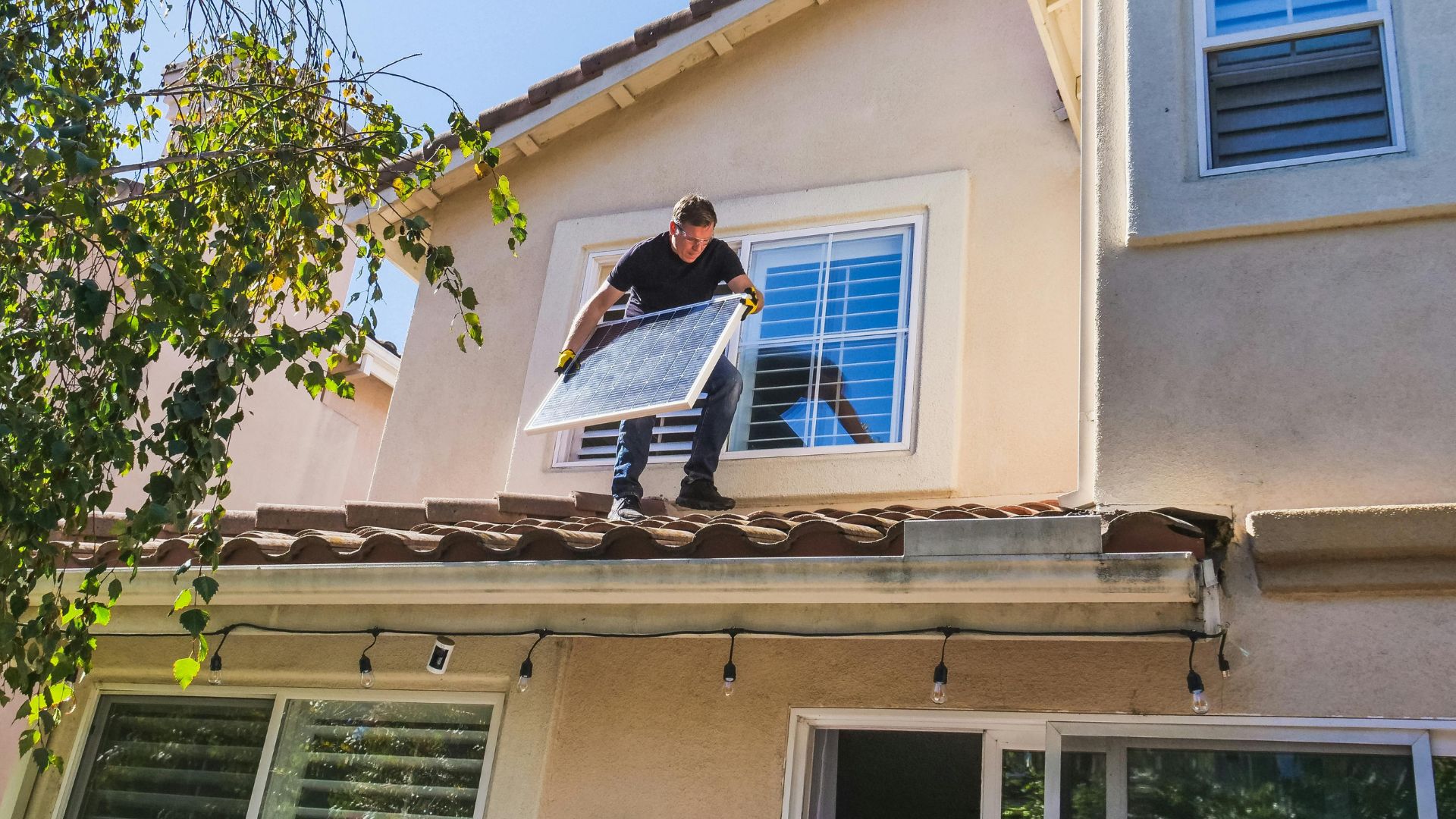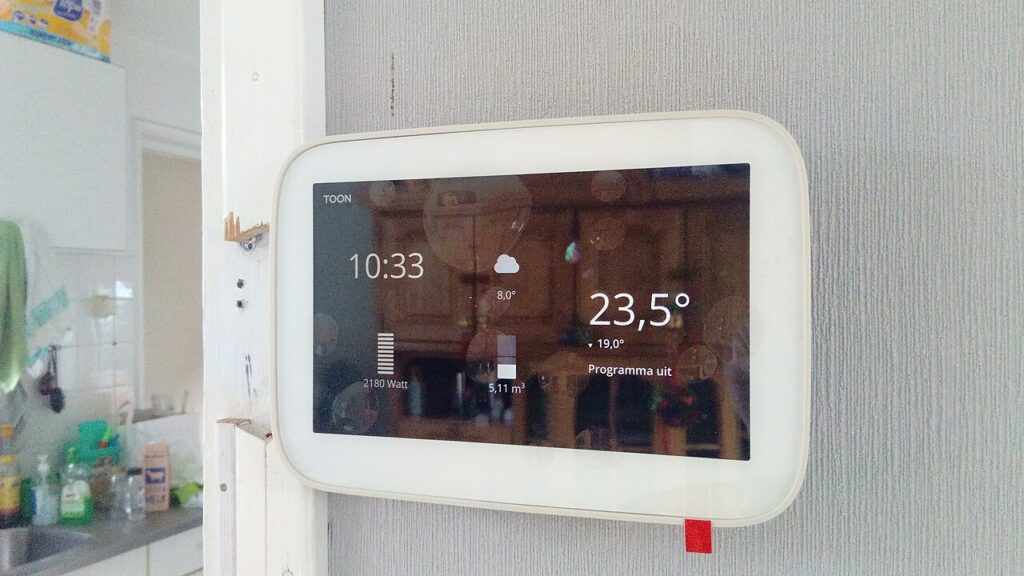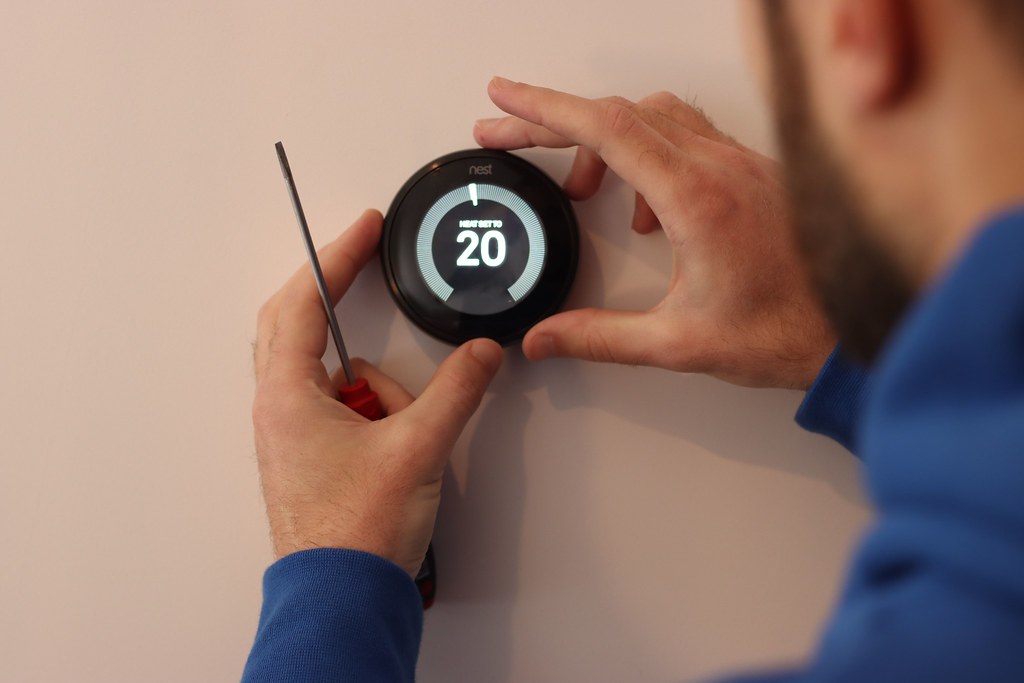Installing solar panels can feel like a big leap. The upfront costs, the equipment, the installation, it’s no small investment. But with energy prices rising and technology improving, more homeowners are asking: when does solar actually pay off?
The answer depends on where you live, how much electricity you use, and what kind of system you install. Still, for many people, solar power isn’t just a smart environmental choice; it’s a financial one, too.
The Upfront Cost
The average cost of a residential solar panel system in 2025 ranges between $15,000 and $25,000 before tax credits or incentives. That’s for a 6 to 10 kilowatt system, which is enough to cover the energy needs of most homes.
Costs have dropped more than 40% over the past decade, but it’s still a major purchase. The good news? Federal and state incentives can knock thousands off the total. In many areas, you’ll also qualify for net metering, which lets you sell unused electricity back to the grid.
Tax Credits and Incentives
The federal solar investment tax credit (ITC) still covers 30% of your installation cost in 2025. That means a $20,000 system could drop to $14,000 after the credit. Some states and utility companies offer additional rebates, grants, or property tax exemptions.
These incentives play a huge role in how fast your solar panels pay for themselves. The more support you get upfront, the quicker you’ll reach your break-even point.
Monthly Savings on Your Bill
Most solar-powered homes see their electric bill shrink significantly, sometimes to just a few dollars a month. The average homeowner saves between $1,000 and $1,500 per year on electricity.
If your system offsets most or all of your power usage, those savings add up fast. Over a 20-year span, many homeowners save $20,000 or more. In high-energy-cost states like California or New York, the number can be even higher.
Payback Period
Your solar “payback period” is how long it takes for your savings to cover the cost of the system. In 2025, most homeowners hit that mark between 6 and 10 years after installation.
If you stay in your home for 20+ years, you could enjoy a decade or more of essentially free energy. And because panels typically last 25 to 30 years, the long-term return on investment is strong.
Selling Energy Back to the Grid
With net metering, any extra power your system produces goes back into the grid, and you get credit for it. That credit can offset your usage at night or during cloudy days.
Not all states have strong net metering laws, though. Some offer full retail credit, while others pay a lower wholesale rate. Make sure to check how it works in your area before you commit.
Maintenance and Warranties
Solar panels are built to last. Most come with 25-year warranties and require little maintenance—just an occasional rinse to remove dirt or debris. Inverters, which convert solar energy into usable electricity, may need replacing around the 10- to 15-year mark, which can cost $1,000–$2,000.
Factoring in these minor costs still leaves most homeowners ahead in the long run.
Home Value Boost
Studies show that solar panels can increase a home’s resale value by 3% to 5%. Buyers appreciate the lower utility costs, and many are willing to pay more for homes with solar already installed.
Just make sure you own the system outright—leased solar systems can complicate sales if buyers don’t want to take over the lease agreement.
When Solar Might Not Be Worth It
If your roof doesn’t get much sun, or if you live in a state with low energy prices and limited incentives, solar might not deliver strong returns. Renters and condo owners may also have fewer options, though community solar programs are expanding.
Also, if you’re planning to move in the next few years, you may not stick around long enough to see full payback.
For many homeowners in 2025, solar is a smart, long-term investment. Between rising utility rates, generous tax incentives, and increasing energy independence, the benefits often outweigh the costs.
The key is to research your local incentives, understand your home’s energy needs, and get quotes from several reputable installers. When all the pieces line up, solar doesn’t just pay off, it pays forward.



